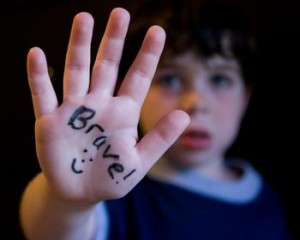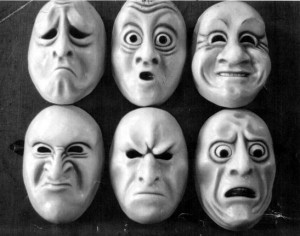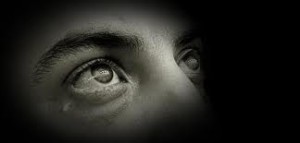While pop music is definitely not what I prefer listening to, a friend recently introduced me to the song “Brave” by Sara Bareilles, and I must admit that I kind of like the song. The melody and rhythms are pretty catchy, and the lyrics to this song are powerful.
The song begins by pointing to the power of words. It then continues to encourage listeners to be brave by speaking out and not holding back on what we truly want to say. In the music video, there are many scenes of people of all ages and backgrounds dancing freely in public places.
I believe that this message of allowing our authentic selves to be heard and seen is important for all of us. It’s not just teenagers who shy away from being themselves in order to fit in. I believe that it is a societal tragedy that the majority of people restrain themselves from free expression in speech and movement and action, because they have become better at listening to others than listening to themselves.

When I teach young children, I see how freely they sing, dance, and tell ther stories. I see how they don’t question how others are going to judge them before they assert themselves into the world. As they get older, they hear those first words of feedback. Praise by parents and teachers, correction by adults, or ridicule by peers then influence how they behave in the future. There is now a combination of voices that guide them as they make choices and interact with others.
Sadly it is easy to lose touch with one’s own voice and to squelch one’s impulse to dance and play and live fully. It takes a lot of courage to say what we want to say and to live our lives from the inside out. I am lucky to belong to a wonderful tribe of friends who are committed to being brave and who support each other in this, even when it is most challenging. We know each other and give each other a hard time if we know that one of us is shrinking and “going along with” rather than being brave and speaking and acting with integrity, passion, and conviction.
So often, the path of least resistance is to follow along the same path as others, to say what we think others want us to say, to do what we think others expect of us. Instead, being brave is choosing to sing our own songs, dance our own dances, and tell our own stories. Judy Garland urged, “Always be a first rate version of yourself and not a second rate version of someone else.” In order to do that, we must be brave.



